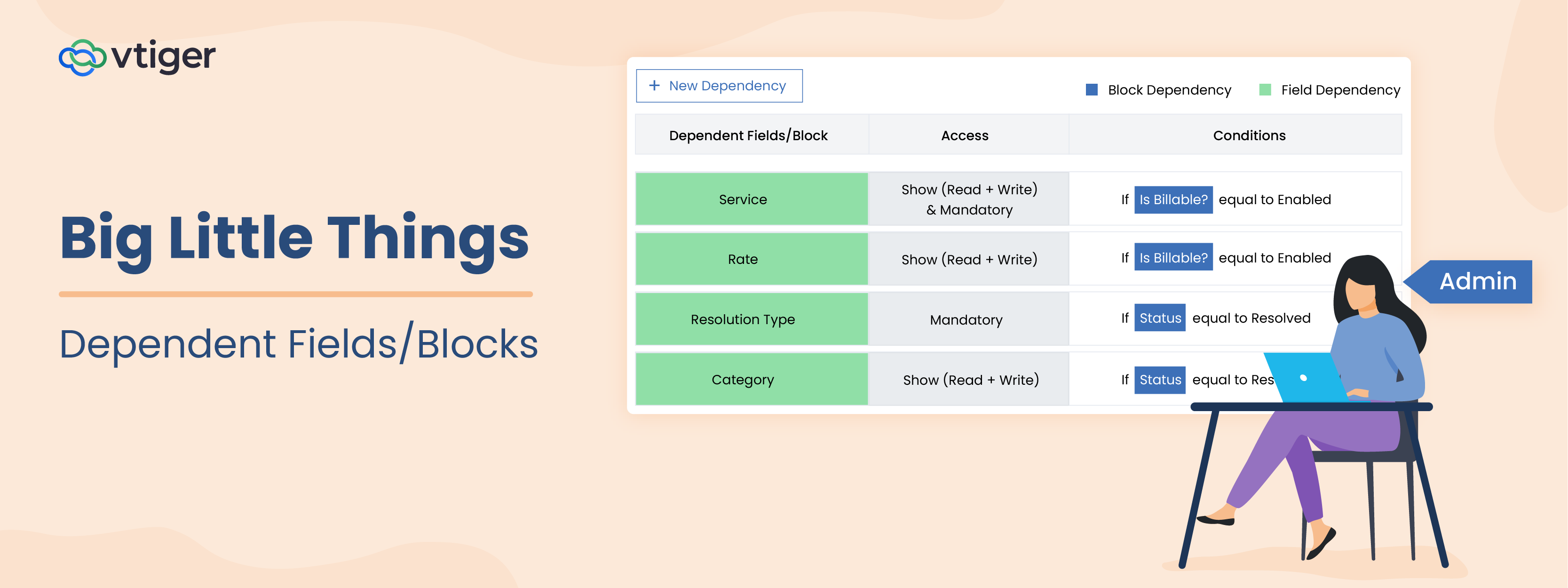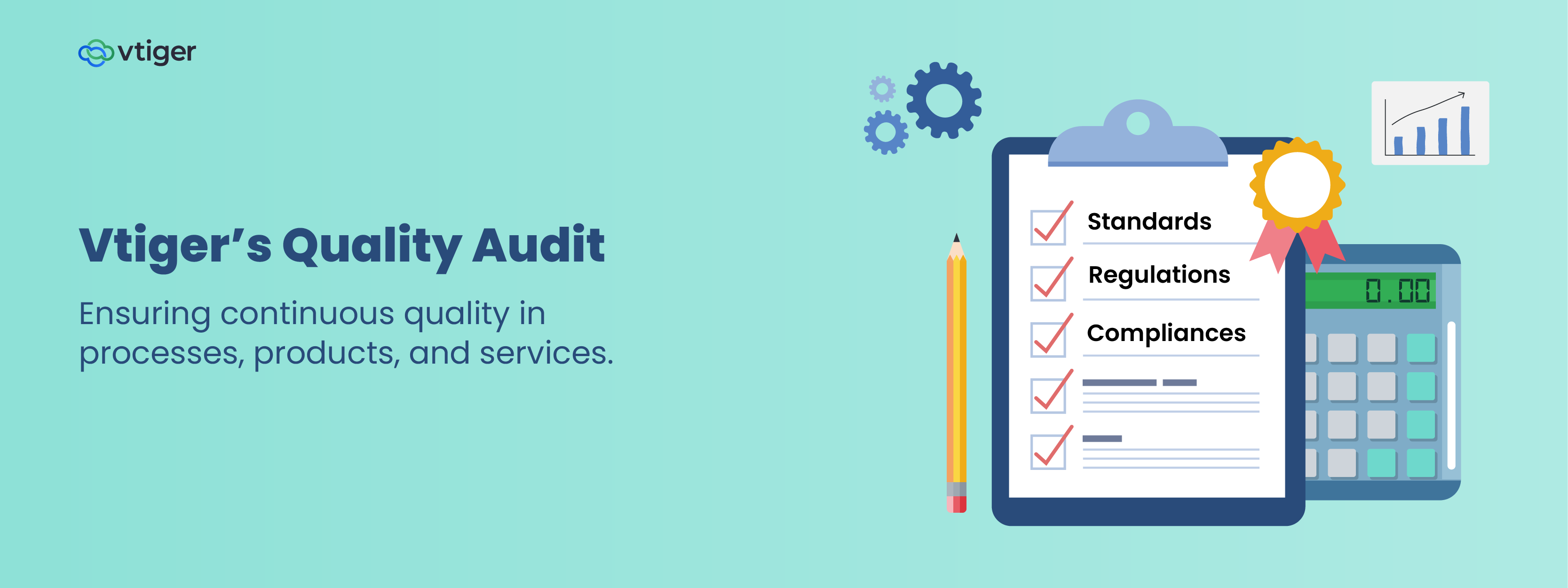Physics, the study of matter and nature, is known to have been studied since at least 500 BC. Its contribution to human civilization cannot be overstated – it has, after all, given rise to life and technology as we know it. In reality, however, few of us ever formally use it after school, and yet it’s a required course by many high school and college curricula around the world (a broad education is always a great thing to have!). Meanwhile, despite our exposure to human interaction and its critical role in our success as individuals and as a society, we’re seldom offered such a structured model for learning how to deal with people, to earn trust, and to motivate them to action. In fact, although for the rest of our lives a disproportionate amount of us will spend much more time interacting with people than with models of the universe, very few of us will see the opportunity to study and structure it beyond our personal experiences. Whether we’re preparing for interviews, designing a product’s experience, or marketing or selling ideas or products, when we’re dealing with people and motivation it’s always useful to think about the forces at play. While at first we might not think so, those classroom physics models we used to study can actually teach us a thing or two about dealing with people, too.
Inertia: our prospects will keep doing what they do, until we make an impact
Inertia, simply put, is the resistance of matter to change. An object that is standing still will continue to stand still unless acted upon by an external force. Things on Earth are subject to friction, gravity, and other forces making things a little more complicated, so let’s travel into deep space where the forces that act upon objects are imperceptible. If you some day decide to travel deep into space, and to throw a rock, it would travel in the direction that you threw it, in a straight line forever – or at least until it’s acted upon by some other force. Your company’s prospects act much in the same way. They’ll keep doing what they do, whatever that might be – until they’re approached by something that piques their curiosity and makes them explore in a different direction. That something exerts a gravitational pull, if you will, on your prospects.
Gravity: our call to action, and where we put it, matters tremendously
In physics, gravity draws massive objects together. It’s why the Earth revolves around the sun, the moon revolves around the Earth, and you and I can go for a morning jog without floating off into Space. You and I actually have gravity, but because we’re so small, the amount of gravity we have is virtually imperceptible. When our floating space rock from the paragraph above gets caught in the gravitational field of some large body, perhaps a planet, it starts to change its direction and gets drawn toward the planet. The impact of the planet’s gravity on the rock is determined largely by two things – how big the planet is, and how far off the rock’s current path it is. If we’re still thinking of the rock as our prospect, we can think of how big that planet is as our call to action – how strongly does our message impact the person that we’re trying to communicate with? If our desired customer is an 18-year old high-schooler on a quest to “get the ladies”, and we sell a bottle of spray-on deodorant (called Exe), we would do well to have our call to action be something that convinces him that a single spray will have him swarmed. It’s much harder to rise above the noise when a message isn’t specific enough. Still, that call to action is only useful if it’s seen. It’s important to place our messages in the natural line of sight of our markets and prospects. If we succeed in both of these, gravity takes hold – but that doesn’t mean our job is done. On the contrary, it’s critical to watch our leads as they start their journey toward us.
Friction: understanding and addressing doubt is critical
So our space-rock is in motion. It has been shifted by a planet’s gravity, and it’s now moving toward the planet. So many things can happen before, and even when it gets there. It might get caught in another planet’s gravitational pull. It might run into an asteroid along the way. It might burn up in the planet’s atmosphere before it reaches the surface. Like other planets and their own gravitational pulls, it’s critically important to watch for competitors who encroach on our target markets and prospects, and to react appropriately to compel our prospects to stay on the path. Guarding and guiding them through the various other pulls and obstacles is critical to ensuring that they make it to the bottom of your marketing and sales funnel where the most friction-filled moment is often the purchasing decision. This purchasing decision is the culmination of the prospect’s journey toward your call to action, and it’s also where any un-addressed doubts usually flare up to kill a deal. As often as possible, along the prospect’s journey, be sure that you’re not just educating your prospect on the benefits of what you offer, but that you’re also proactively identifying and addressing doubts wherever they arise, whether they’re about how a competitor can better serve them, or how your product actually delivers the results that you promise. This will ensure that when the time comes, that space rock that was once just a wandering prospect becomes part of your loyal customer base (a la comet that slams into a planet, forever contributing to its growing mass).


